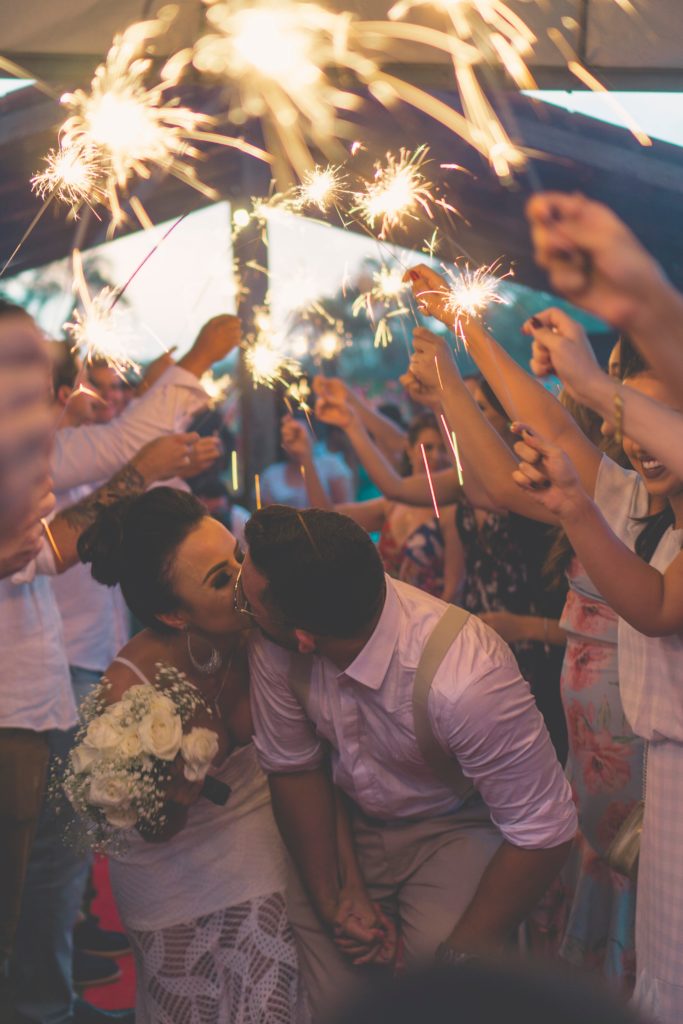From Bach to Beyonce: The Evolution of Wedding Music
aaamusic | On 30, Jan 2022
Wedding music has come a long way since the days of chamber orchestras belting out Pachelbel’s “Canon in D” as the bride takes her first tearful steps down the aisle. While the classics still have their place in more-or-less traditional ceremonies, it’s become far more common for newlyweds to express their undying love and devotion to one another via the honeyed hooks and sentimental lyricism of popular music. So, when exactly did Top 40 earwigs, contemporary-country ballads, and salacious rap rhythms come to be the new norm for marriage celebrations?

Pop Goes the Playlist
No music historian has yet conducted an exhaustive investigation of how, when, and why wedding music became what it is today. However, it’s safe to surmise that the chart-topping records of the early 20th centur are at least partially responsible for the dramatic shift in character—and increased importance as a ritualistic aspect of tying the knot. Beginning around the 1950s (the same period in which curated radio programming reached peak popularity), the music of the masses underwent a dramatic transformation.
Where operas, classical standards, and instrumental pieces meant to showcase the talents of the performing musicians once comprised the bulk of most people’s listening material, the airwaves were now dominated by short, easy-to-follow lyrical ditties designed specifically to stick in the listener’s memory and create a demand for repeat plays.
This new breed of tunes embraced a wide variety of subject matter, from narrative jaunts to thoughtful personal reflections to jingle-like numbers seemingly written for the sole purpose of inspiring the next big dance craze. Unsurprisingly, though, one of the most common recurring themes was the same one that tends to lead to marriage proposals: love.
If you look at a list of most-played wedding songs in Western-speaking countries, you’ll notice that roughly three-quarters of them are love songs written in the last three decades. This just goes to show that people generally want to commemorate the happiest day of their lives with the music that has brought them the most happiness in their lifetimes.
Where the Heart Is
Hopefully, you’re beginning to understand how a significant percentage of popular music is practically tailor-made for weddings. But there’s another factor at play here that influences the kind of songs you’re likely to hear at a given ceremony or reception, which is region.
People once flocked to the countryside or other scenic natural vistas to be wed. These days, city weddings are all the rage. In the U.K., for instance, urban hotspots like London, Liverpool, and Bristol have all seen a considerable uptick in metropolitan marriage proceedings in recent years. More city weddings mean more city-appropriate attire, decor, and—you guessed it—soundtracks.
There’s no such thing as “urban music” as distinct from “rural music,” really. If there were, however, it might safely be said to include styles jazz, pop, R&B/hip-hop, electronic, and indie. That may explain why one tends to hear these genres far more often at urban and suburban unions than rural ones, where country, folk, and rock still reign supreme.
The effects that music has on our perception of events like marriage is a funny thing. Psychologists could have a field day coming up with theories about why people insist on hearing certain songs before, during, and after their vows, but at the end of the day, all that matters is that what’s playing means something to the people saying “I do.” If everyone else in attendance can sing along to it, all the better.

